The Top Considerations for Relocating Your Pet to Mexico
Table of Contents
Mexico Pet Import Regulations
When it comes to bringing your beloved pet to Mexico, it’s crucial to be familiar with the country’s pet import regulations. Before you embark on this exciting journey, make sure you understand the requirements set by Mexican authorities to ensure a smooth relocation process.
The organization responsible for pet import to Mexico is the Servicio Nacional de Sanidad, Inocuidad y Calidad Agroalimentaria (SENASICA), which translates to the National Service for Agri-Food Health, Safety, and Quality. SENASICA is a government agency under the authority of the Secretariat of Agriculture and Rural Development (Secretaría de Agricultura y Desarrollo Rural) in Mexico. They are in charge of setting and enforcing the regulations and requirements for importing pets into Mexico, including health certificates, vaccinations, and other related documentation. It is important to consult with SENASICA or their official website to obtain the most up-to-date information regarding pet import regulations to Mexico.

Mexico Pet Quarantine Requirements
Fortunately, Mexico does not impose mandatory quarantine for pets entering the country. However, there are still important guidelines to follow. Your pet should be in good health and have up-to-date vaccinations to avoid any complications during the relocation process.

Mexico Pet Vaccinations and Microchipping
Vaccinations are an essential part of pet relocation to Mexico. Ensure that your pet has received all the necessary vaccinations, including rabies, as it is mandatory for entry. The vaccine must be less than one year old. Keep the vaccination records handy to present them upon arrival in Mexico.
- Dogs should be vaccinated against Distemper, Hepatitis, Leptospirosis, Parainfluenza, Parvovirus (DHLPP), and Bordetella.
- Cats should be vaccinated against Feline Viral Rhinotracheitis, Calicivirus, and Panleukopenia (FVRCP).
- Dogs and cats must be treated for endo and ectoparasites within 180 days before departing for Mexico.
- All vaccinations and treatments should be administered no less than two weeks before the export date to ensure maximum effectiveness.
Microchips are not required to enter Mexico. However, it is highly recommended for the pet’s safety.
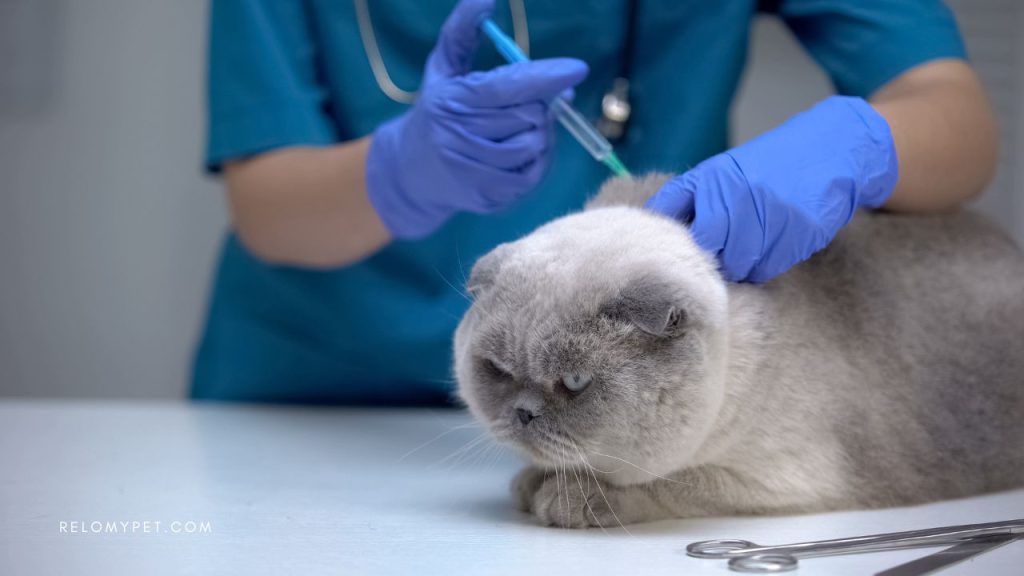
Mexico Pet Health Certificates
At your point of entry into the country, you must contact the official staff of SENASICA who will carry out a documentary and physical review. For this, you must present a Certificate of Good Health with a maximum validity of 15 days of being issued with the following elements:
- Issued by an official veterinarian of the competent authority or, if private, on letterhead, with the number of the professional certificate printed or a photocopy thereof (or its equivalent).
- Name and address of the exporter (in the country of origin or provenance) and of the importer (destination address in Mexico).
- Date of application of the rabies vaccine and its validity (animals under 3 months of age are exempt).
- In the inspection before their trip, the animal or animals were found clinically healthy.
- That the animal or animals have been dewormed internally and externally, within the previous six months and are free of ectoparasites.
Good news for those who live in the US or Canada – you don’t need to present this certificate.

Physical Examination Upon Arrival to Mexico
Upon arrival, all pets undergo the exam. The objective of the physical examination is to determine that the dog(s) and/or cat(s) is/are:
- free of signs of an infectious and contagious disease(s),
- free of ectoparasites (that is, external parasites), and
- free of rashes, open wounds, or wounds in a healing stage.
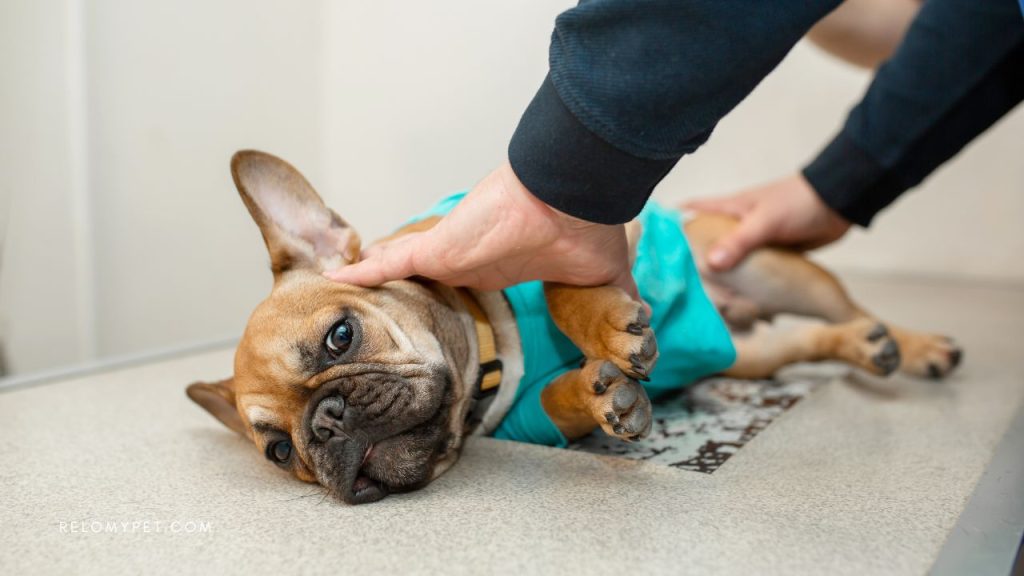
If ticks are found during the physical examination, a sample of the ectoparasite will be collected by the SENASICA inspector. The sample will then be sent to the official laboratory for identification confirmation. Any necessary analysis, tests, or treatments related to the ticks will be the responsibility of the importer/owner and conducted at their expense. The animal(s) will remain at OISA until confirmation is received that the ticks are not foreign to Mexico, and SENASICA verifies that all parasites have been eradicated from the pet(s). If the tick is determined to be a foreign or new species to Mexico, the Animal Health Directorate General of SENASICA will determine the appropriate measures to be taken.
If your pet is undergoing treatment for skin lesions or infections (such as sarcoptic mange, dermatomycosis, dermatophytosis, alopecia, or similar conditions), the importer/owner must provide a letter from a licensed veterinarian. The letter should include the diagnosis, and treatment details, and be presented on official letterhead with the veterinarian’s license number or equivalent.
In the case of any open or healing wounds, rashes, external parasites, or infectious diseases being detected, the importer/owner will be required to engage a veterinarian of their choice to administer effective treatment. The expenses associated with any necessary analysis, tests, or treatments will be the responsibility of the importer/owner.

Mexico Pet Travel Documentation
To ensure a hassle-free entry into Mexico, you will need to prepare and carry specific travel documentation for your pet. This include the following:
- Original health certificate signed in ink by your veterinarian
- Original vaccine certificates for rabies and any relevant general vaccines, signed in ink by your veterinarian
- Proof of parasite treatment
Make sure to gather all the necessary paperwork well in advance.
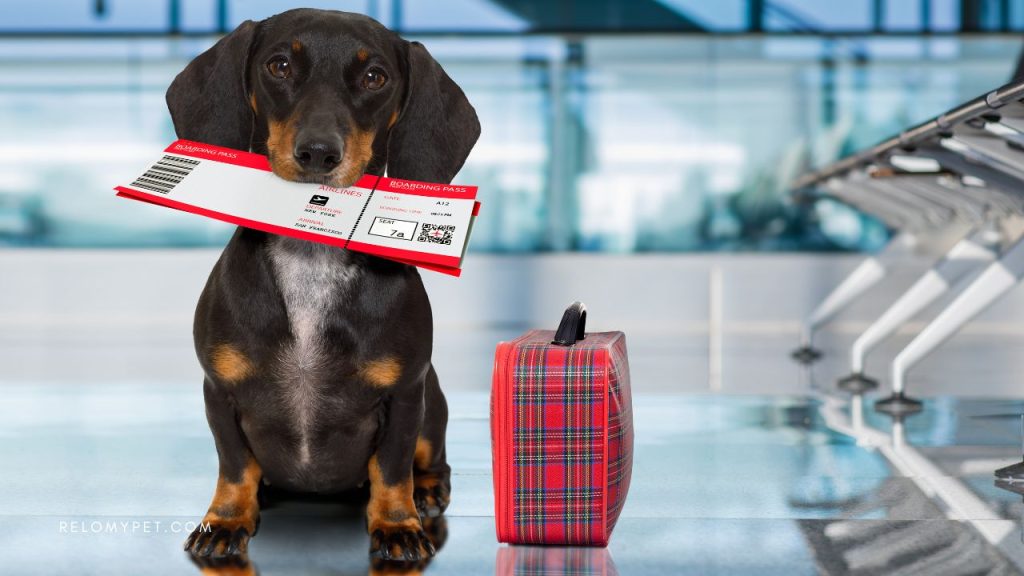
Mexico Pet Transport Regulations
It’s important to be aware of Mexico’s pet transport regulations to ensure the safety and comfort of your pet during the journey. Familiarize yourself with the guidelines for transporting pets by air, land, or sea within Mexico, and choose a reputable pet transport service that adheres to these regulations.
Pet-Friendly Airlines
Several airlines offer pet-friendly services for traveling to Mexico. These services may include dedicated pet cabins, temperature-controlled compartments, and attentive staff trained in handling animals. It’s worth researching different airlines and their pet travel policies to choose the most suitable option for your furry friend.
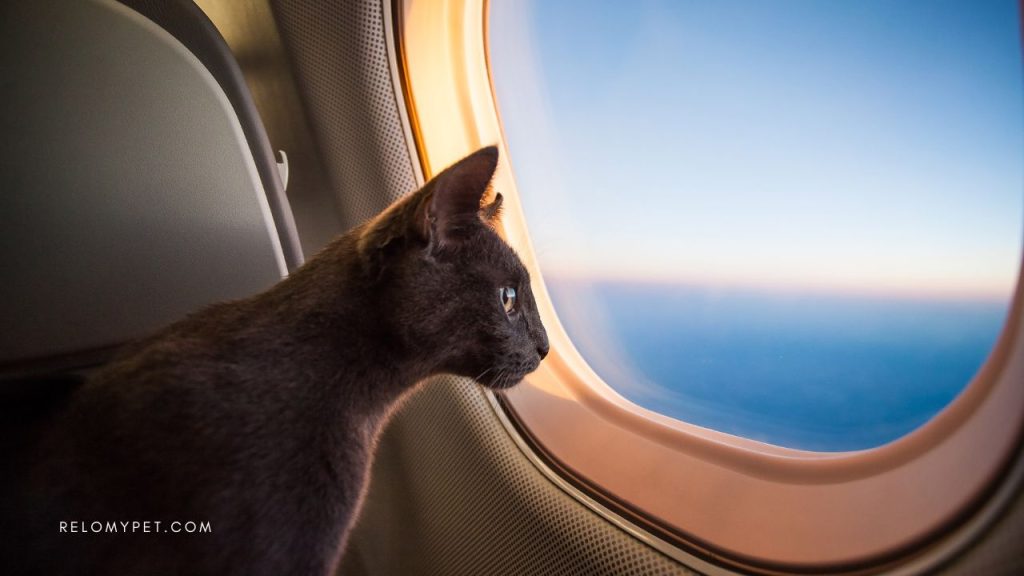
Pet Travel Carriers
Investing in a sturdy and comfortable pet travel carrier is essential for your pet’s safety and well-being during the journey to Mexico. Ensure that the carrier meets the size and security requirements specified by the airline or transport service. Familiarize your pet with the carrier in advance to help them acclimate to their travel environment.
Pets entering Mexico must be transported in clean cages or carriers without any bedding or accessories such as toys, treats, or other objects. If the cage or carrier is found to be dirty or contains bedding, toys, or edible products during inspection, it will need to be disinfected. Any items found inside the cage or carrier will be removed and destroyed. Only enough pet food for the day of arrival is permitted.
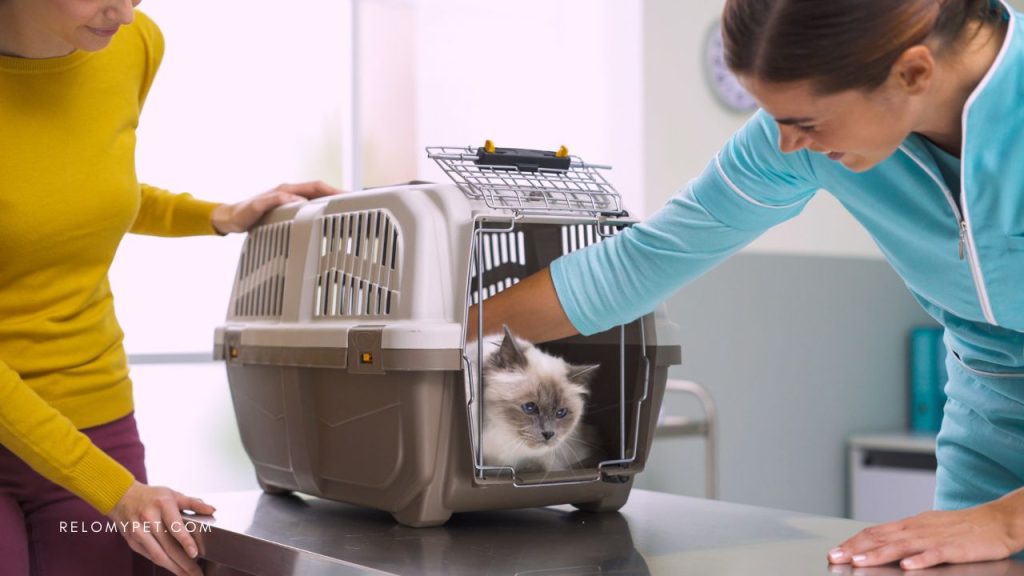
Mexico Pet Travel Restrictions
While Mexico generally welcomes pets from various breeds, it’s important to note that certain dog breeds may face restrictions or additional regulations. Breeds such as Pit Bulls, Staffordshire Terriers, and Rottweilers may be subject to specific rules or even banned in certain areas of Mexico. Make sure to research and comply with any breed-specific regulations before relocating your pet.
Individuals are allowed to import a maximum of two pets (either cats, dogs, or one cat and one dog) into Mexico. This import limit applies per person, meaning that if you are a couple, you can bring up to four pets with you. However, it’s important to note that if you exceed the limit of three pets, additional fees will apply.

As stated on the Mexican Customs website, several other commonly kept pets, such as canaries, hamsters, guinea pigs, Australian parrakeets, cockatiels, ferrets, parrots, tortoises, and small wild birds (excluding predatory birds), can be brought into Mexico as part of the duty-free allowance for up to three pets. However, if you are bringing four or more pets, import duties will apply.
It’s important to note that all pets, regardless of species, must undergo a zoosanitary inspection at the port of entry to ensure compliance with Mexican regulations.

Note:
Please note procedures and documents for importing other pets, rather than dogs and cats, are different. So, you should consult with the requirements in the Consultation Module of the Animal Health Import Requirements.

Mexico Pet Travel Safety Tips
Your pet’s safety should be a top priority during the relocation process. Take necessary precautions such as ensuring your pet is wearing identification tags, microchipping them, and carrying a recent photograph. Additionally, provide plenty of water, food, and comfort items during the journey to keep your pet relaxed and happy.

Pet Relocation Services to Mexico
If you find the pet relocation process overwhelming or time-consuming, consider hiring professional pet relocation services in Mexico. We specialize in handling all the necessary paperwork, travel arrangements, and logistics involved in relocating pets, providing you with peace of mind and a stress-free experience.

Relocating your pet to Mexico can be an exciting and rewarding experience for both you and your furry companion. By understanding and following Mexico’s pet import regulations, vaccination requirements, and travel documentation guidelines, you can ensure a smooth and safe transition for your pet. Consider the aforementioned considerations and make informed decisions to make your pet’s journey to Mexico a positive one.
Frequently Asked Questions (FAQ) – Pet Relocation to Mexico
Yes, you can move to Mexico with a dog. Mexico allows the importation of dogs, along with other common pets, under certain regulations and requirements. It’s important to research and comply with the necessary guidelines set by Mexican authorities, including vaccination records, health certificates, and documentation.
Mexico allows a maximum of two pets per person to be imported. This can include two dogs, two cats, or one dog and one cat. If you are a couple, you can import up to four pets in total. Importing more than three pets may require payment of additional fees.
While microchipping is not mandatory for importing pets into Mexico, it is highly recommended. Microchipping provides an additional layer of identification and can increase the chances of reuniting with your dog if they get lost. Ensure that the microchip is registered with your up-to-date contact information before entering Mexico. It’s always good practice to consult the specific requirements of Mexican authorities and your home country’s regulations regarding microchipping and pet identification.
Do you need to relocate your pet to Mexico? Contact Relopet International
If you need to relocate your pet to Mexico and want to ensure a safe and stress-free experience for your furry friend, consider contacting Relopet International. We are a professional pet relocation company that specializes in transporting pets, including big dogs, internationally. We are experienced professionals who can help you with every step of the process, from obtaining the necessary documentation to choosing the right airline and providing personalized care for your dog during transport. With Relopet International, you can have peace of mind knowing that your big dog is in good hands and will arrive at their destination safely and comfortably.
